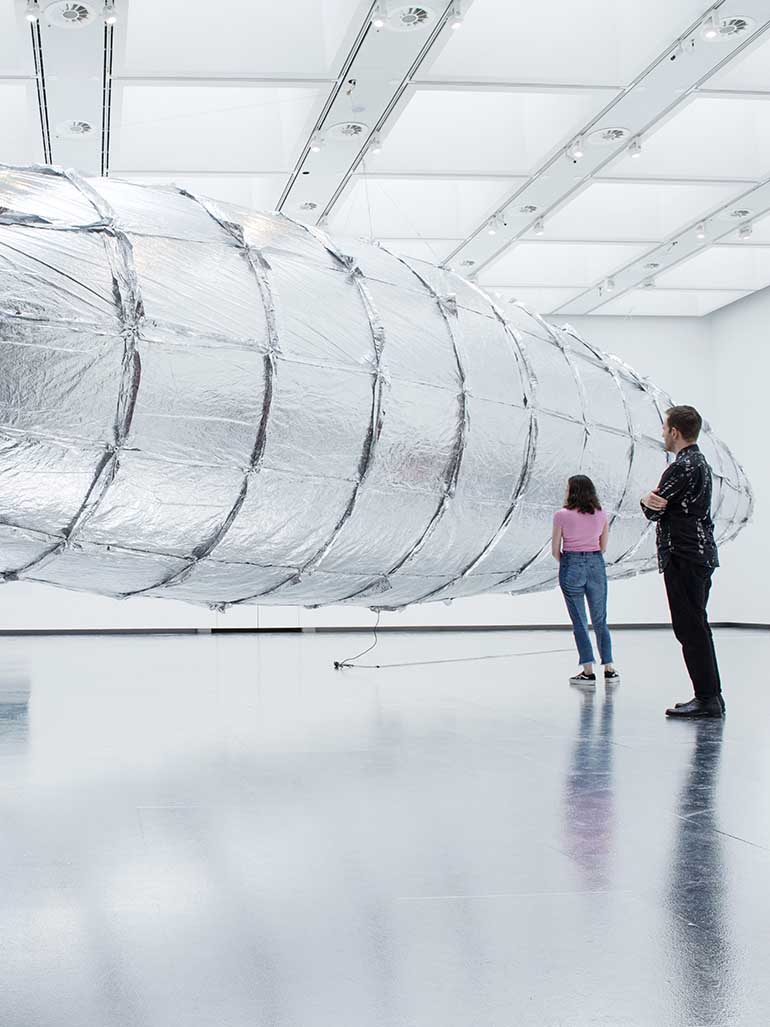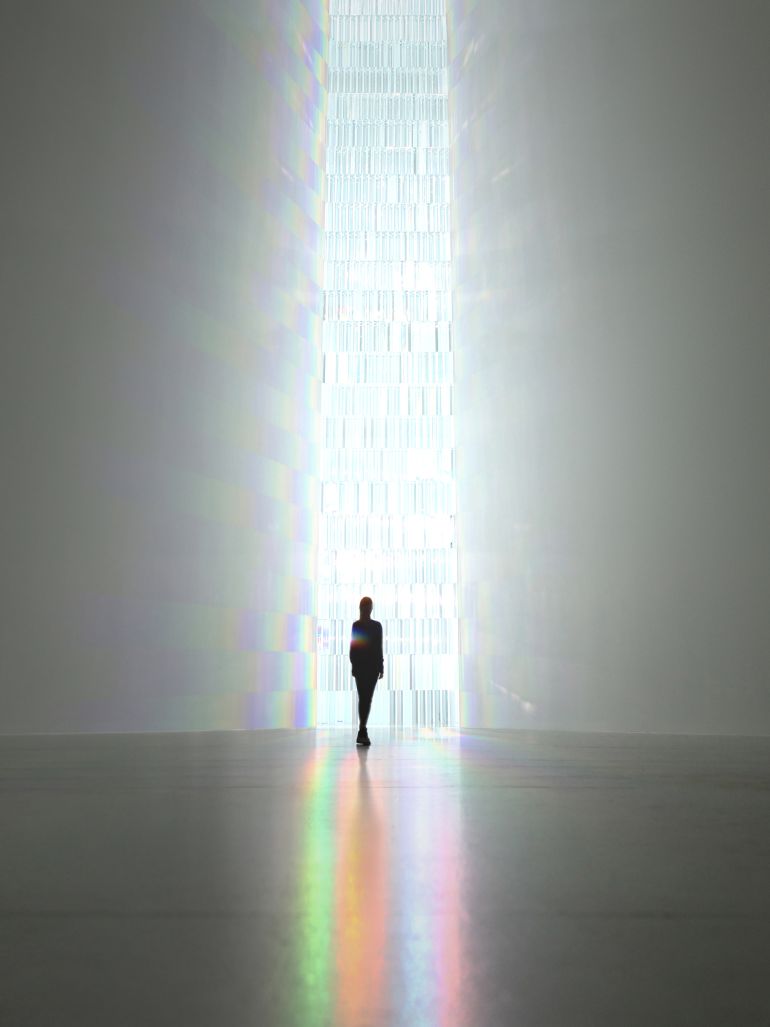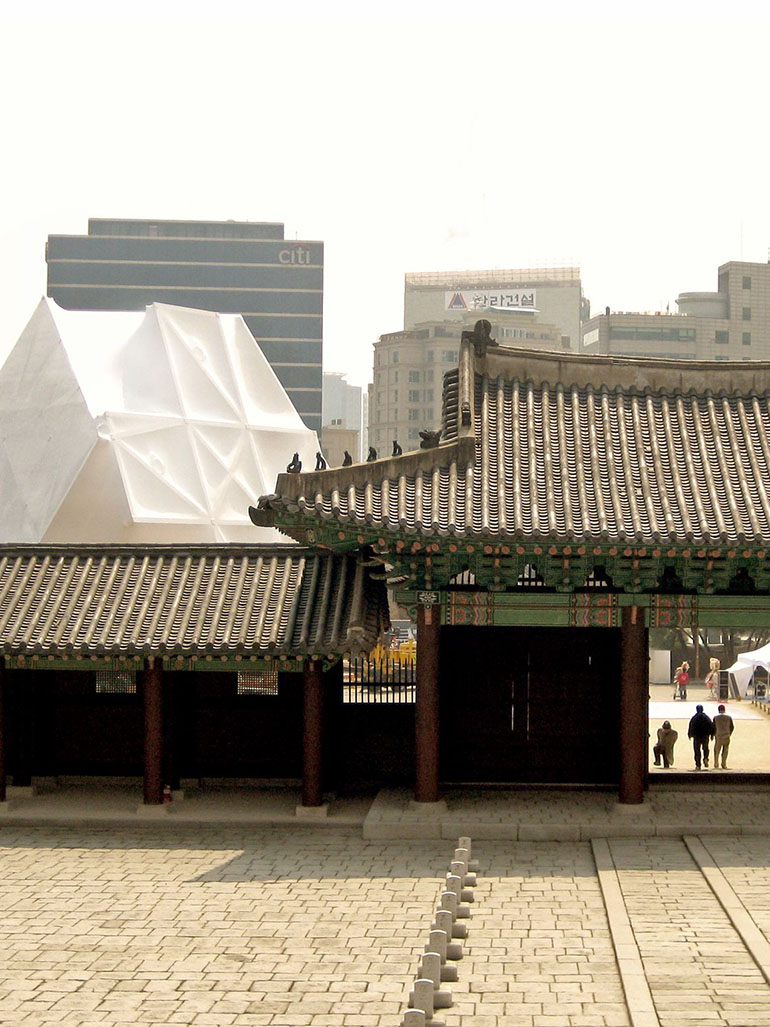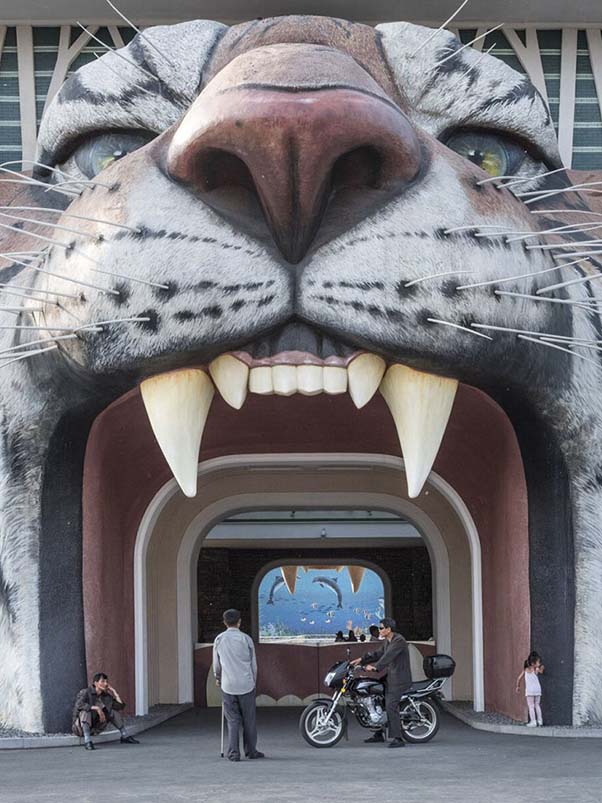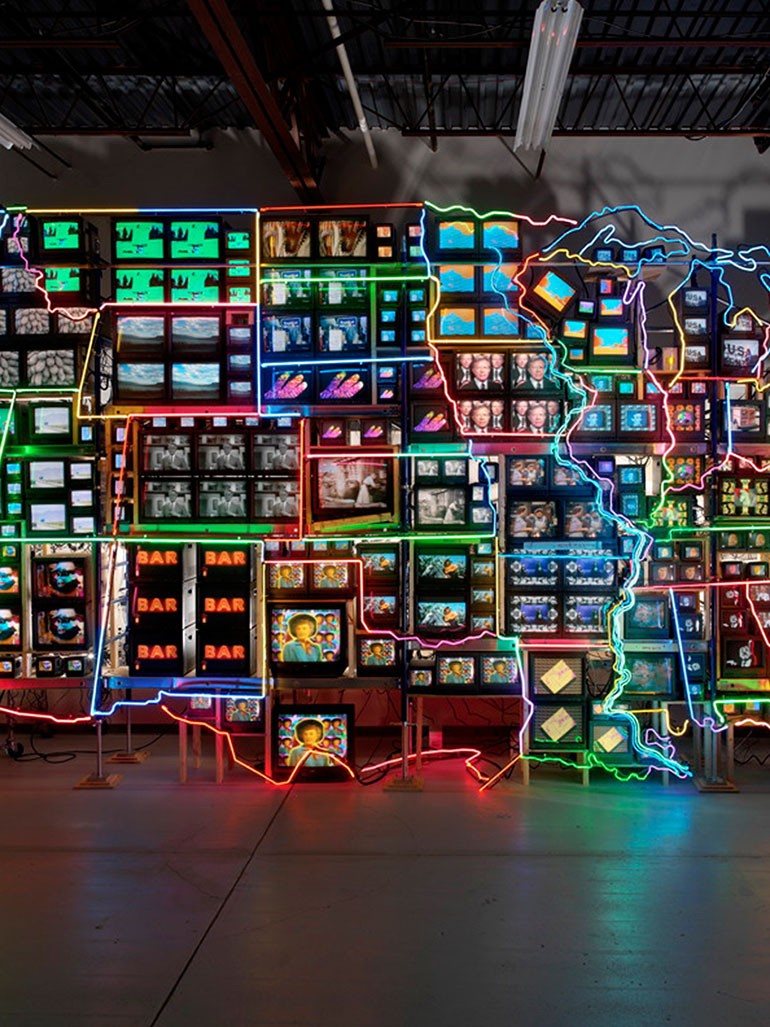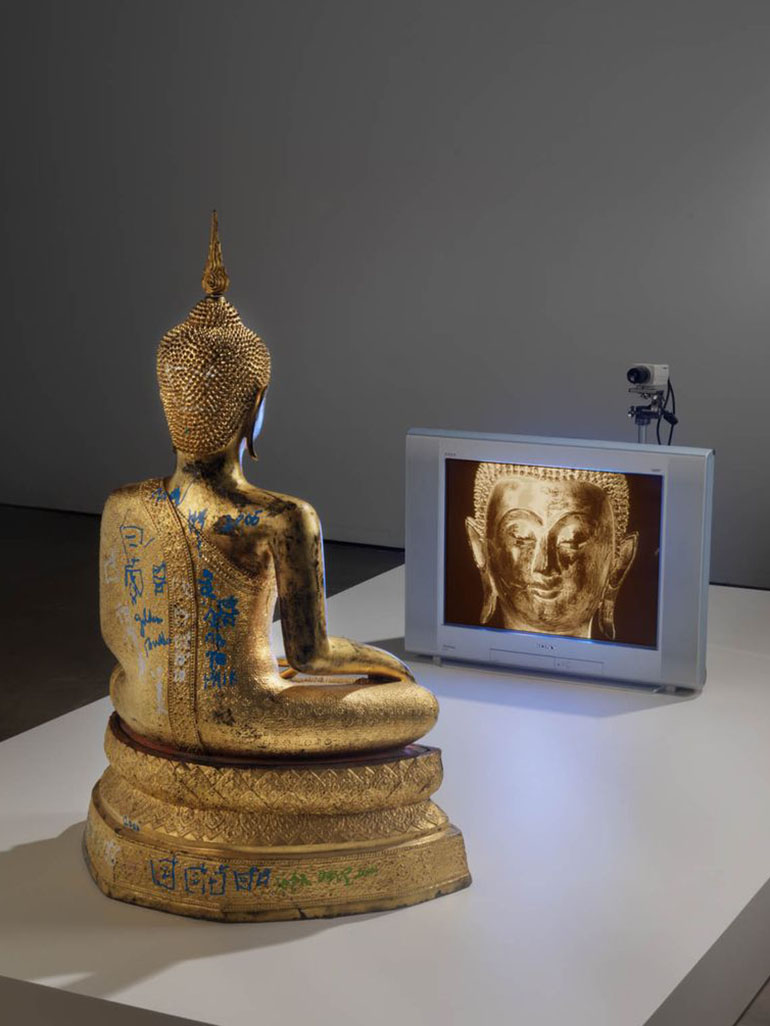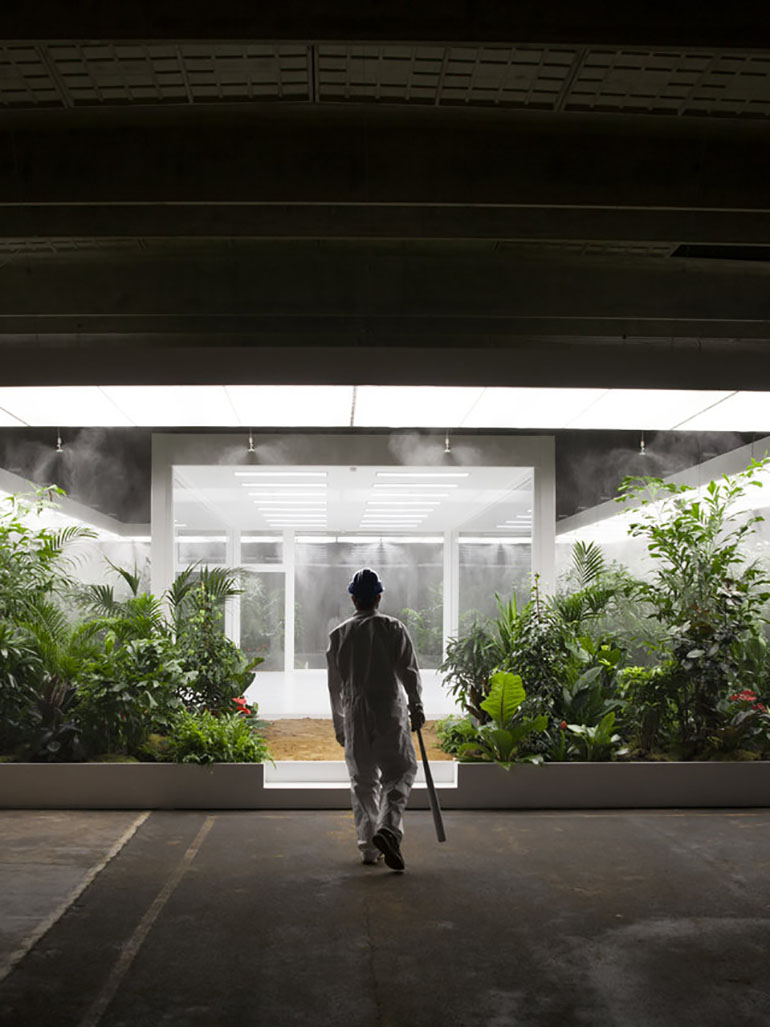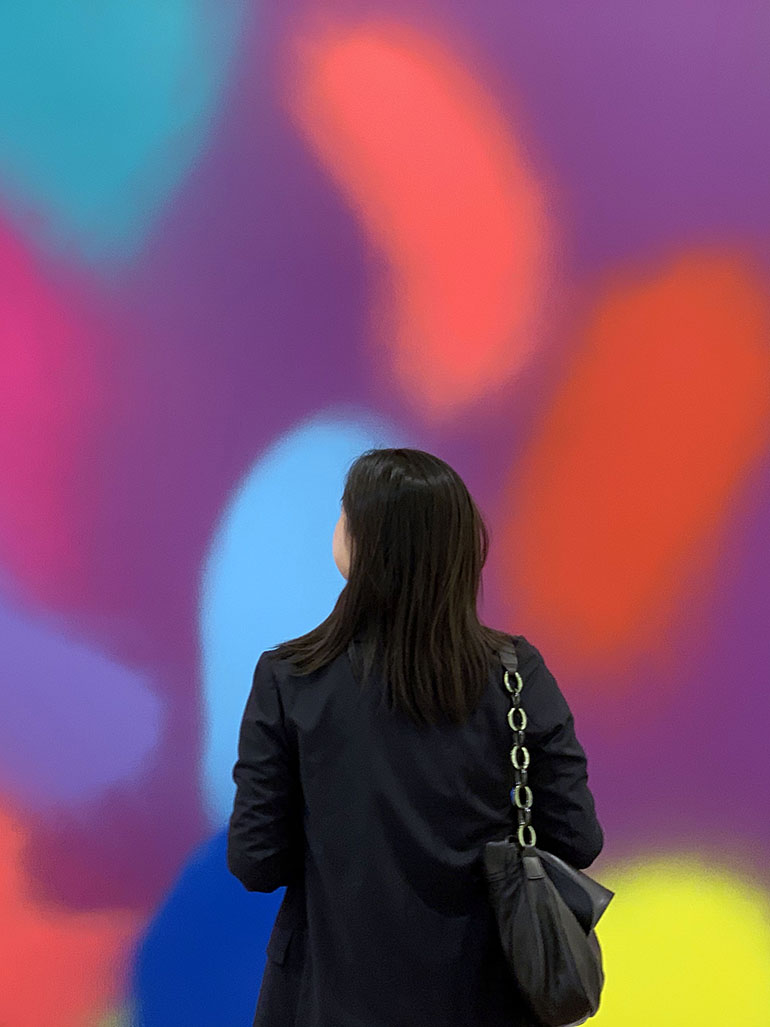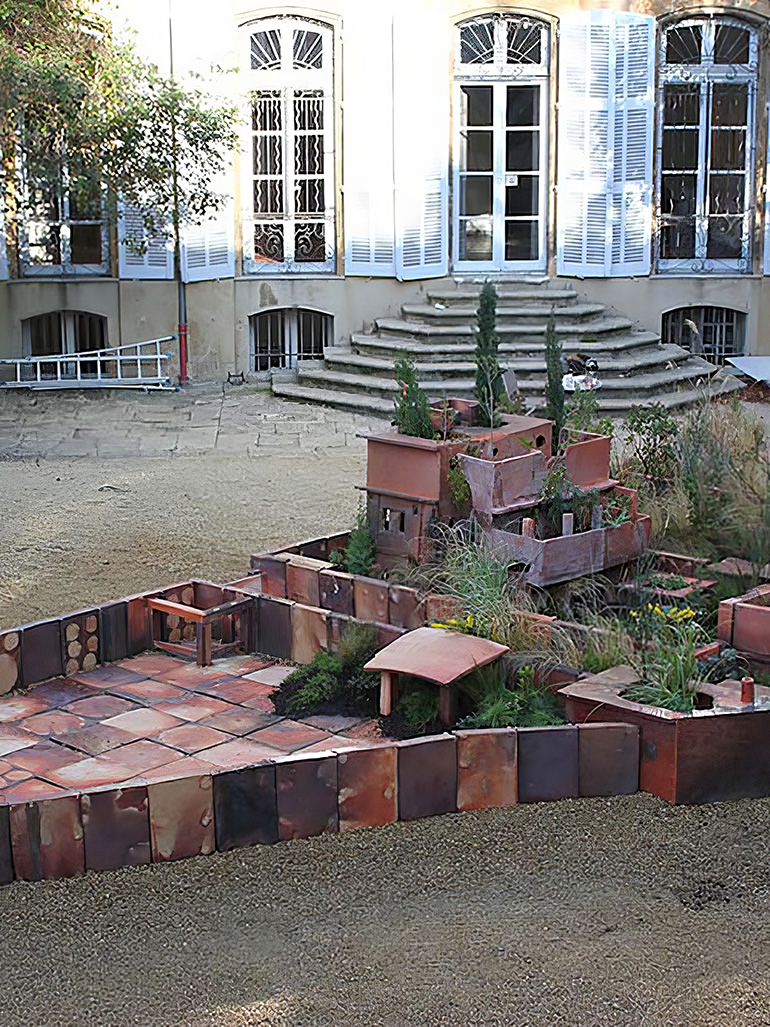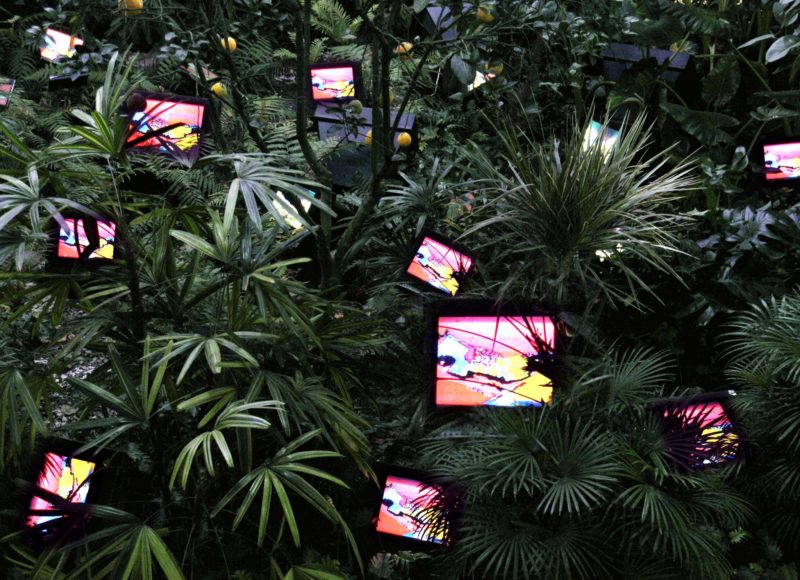
Why is Nam June Paik important?
No one would think televisions are artistic under normal circumstances. Handy, yes. Useful, quite so. Nam June Paik 1, however, managed to put television sets in circumstances where he reveals their artistry.
The celebrated artist, regarded as the father of video art, has manipulated television sets, broadcasted live performances and created large-scale video installations.
What is his TV Garden?
TV Garden, first created in 1974, is a large-scale 2 installation consisting of forty television sets lying on the floor amidst many tropical plants while a video of Global Groove plays on the screens of the TV sets.
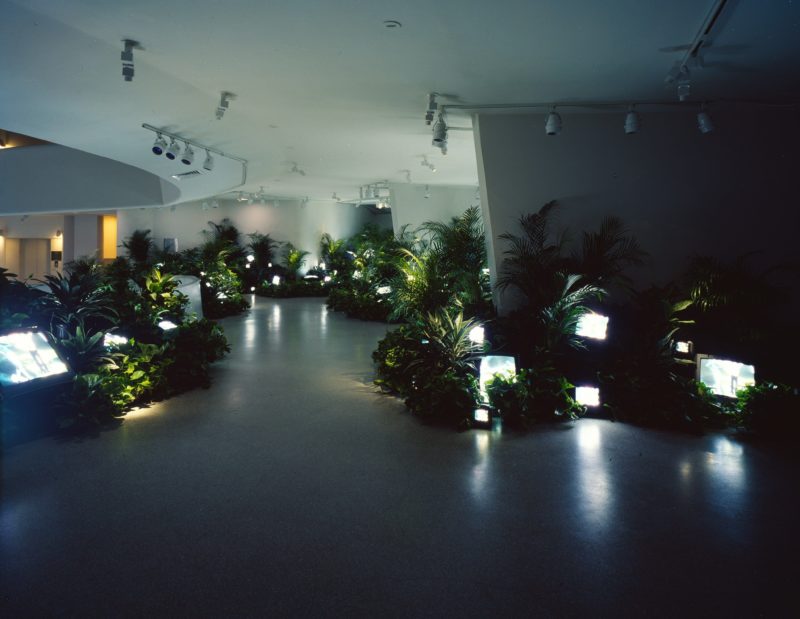
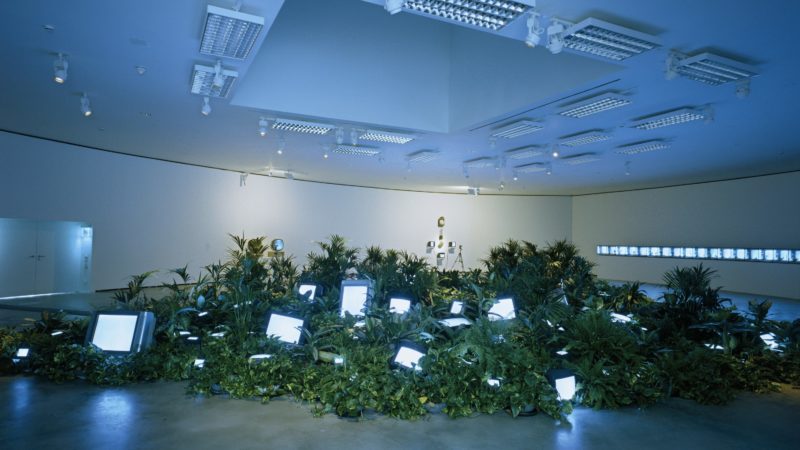
Teasing the mind with color & sound
Many interpretations can be drawn, including the rather obvious one that this is a merge of nature 3 and technology and the effect each has on the other. On the other hand, the numerous curated content in the media could be considered disorderly to lead the public back into the jungle.
One thing is evident, though: TV Garden seeks to tease the senses with a mixture of color and sound. Color from the lush tropical garden makes the canvas for his TV sets. Sound emanates from the TV sets and rustles through the leaves of the various plants that the television sets are nestled among.
This artwork grabs the eye and the mind in its juxtaposition effect, where the viewer’s attention moves from plant life to television sets and vice versa.
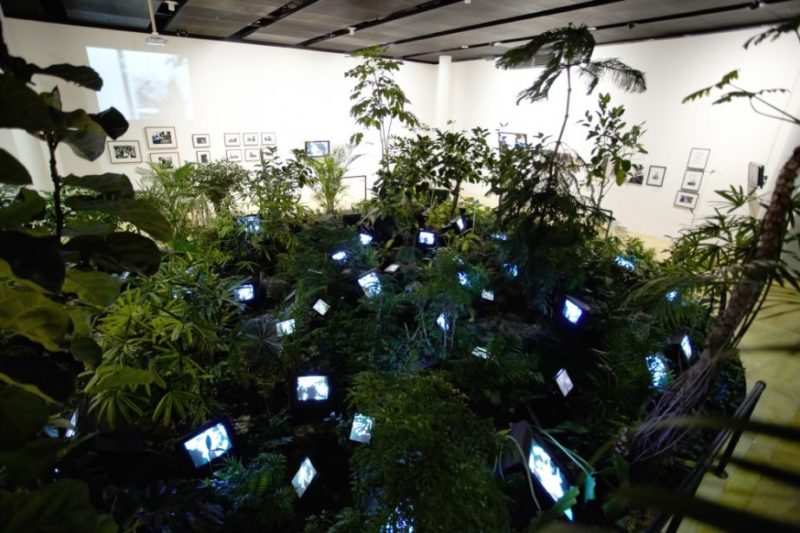
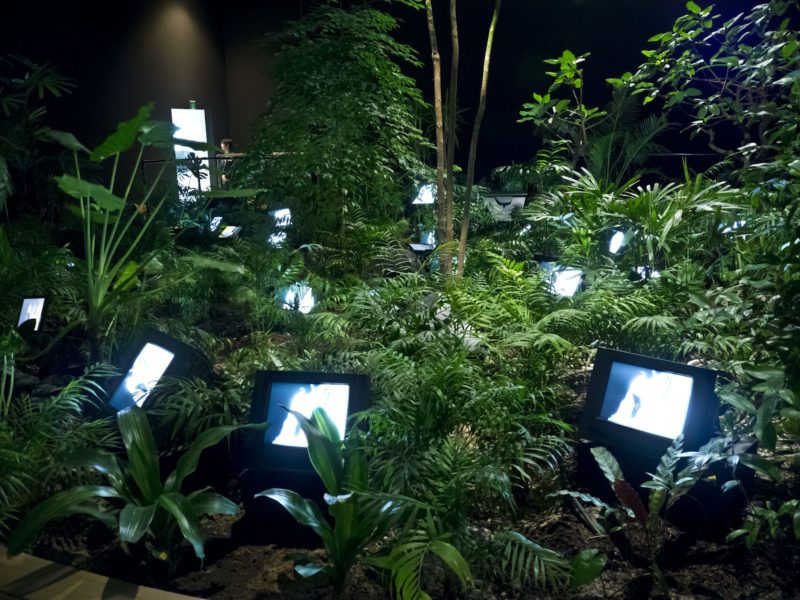
About Nam June Paik
Nam June Paik was born in Korea in 1932 and graduated from the University of Tokyo in 1956, where he studied music. He then furthered these musical studies at the University of Munich. In Germany, he allowed his fascination with merging music, electronics and arts to reign free.
Since then, the artist had used this fascination to make art using television sets featured in video walls, ceilings, quirky robots and floors, among other ventures. This has evolved and his work continued to playfully critique and celebrate electronic media.
Sources of his inspiration
Paik drew inspiration from his interest in electronics intertwined with his foundation in music and performance. In the mid-1960s, he arrived in New York and joined the Fluxus movement 4 and quickly rose to the forefront of the movement with his work depicting elements of surprise and unfamiliarity.
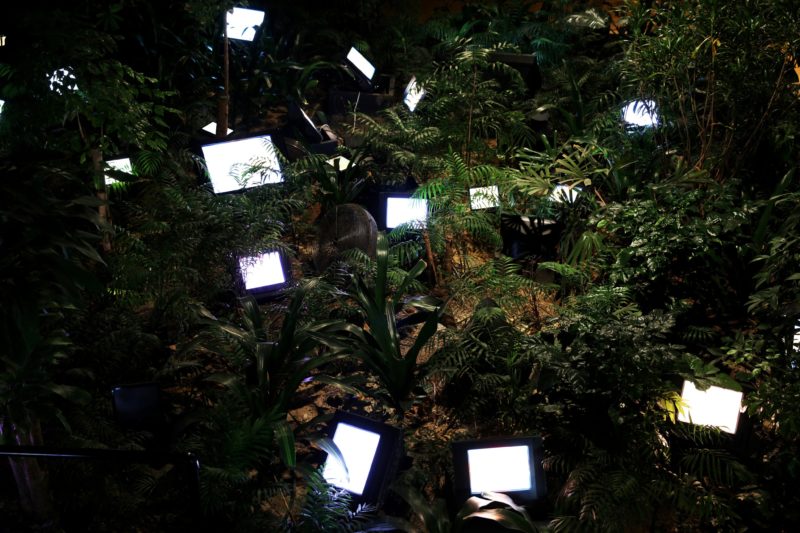
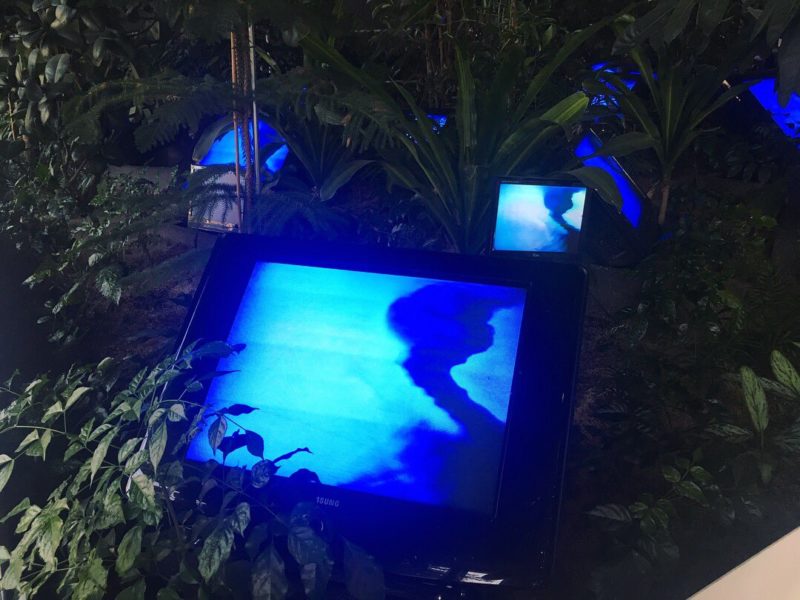
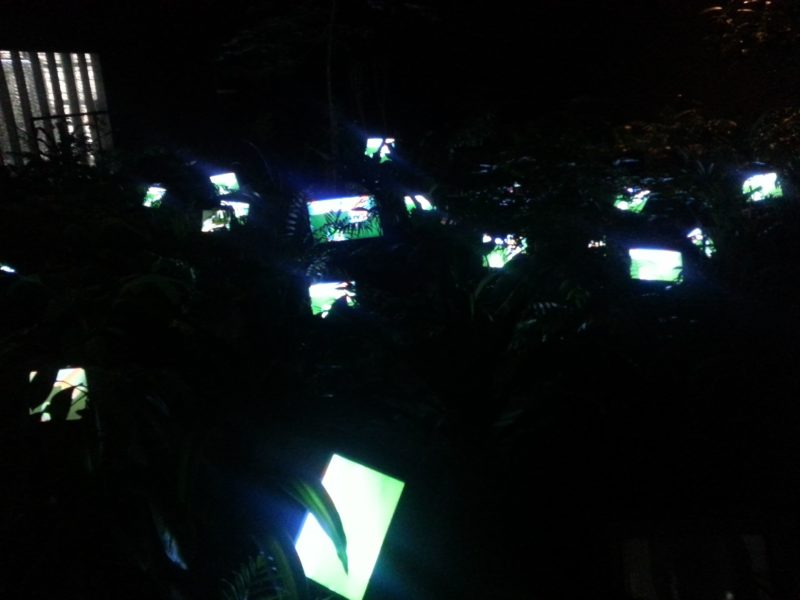
Final words
TV garden is a seminal installations resulting from this inspiration. The artwork merges the scientific and the natural, coming together in a surprisingly aesthetic outcome. TV garden is an example of why an artist should not limit new forms of expression but must keep on reimagining his creativity to bring about innovation.
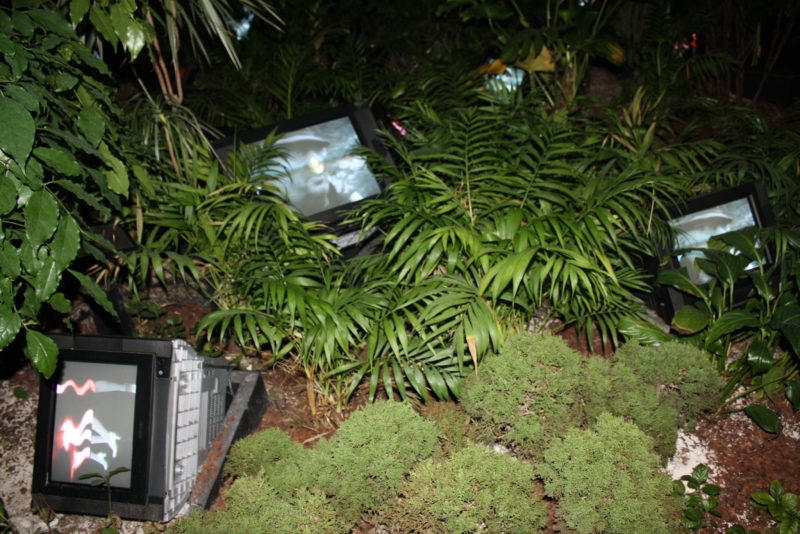
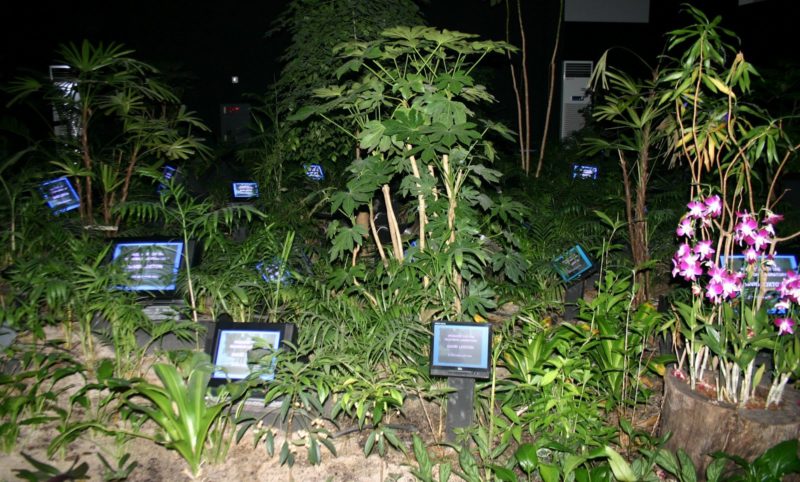
Explore nearby
Nam June Paik Art Center, Yongin, South Korea
 Lee Bul's giant metal ZeppelinInstallation ended (dismantled)8 km away
Lee Bul's giant metal ZeppelinInstallation ended (dismantled)8 km away Tokujin Yoshioka's Rainbow ChurchExhibition ended (dismantled in 2010)29 km away
Tokujin Yoshioka's Rainbow ChurchExhibition ended (dismantled in 2010)29 km away Rem Koolhaas' Prada TransformerInstallation ended (dismantled in 2009)36 km away
Rem Koolhaas' Prada TransformerInstallation ended (dismantled in 2009)36 km away
 Carl De Keyzer spent 30 months in North KoreaPhoto documentation (2015-2017)86 km away
Carl De Keyzer spent 30 months in North KoreaPhoto documentation (2015-2017)86 km away

